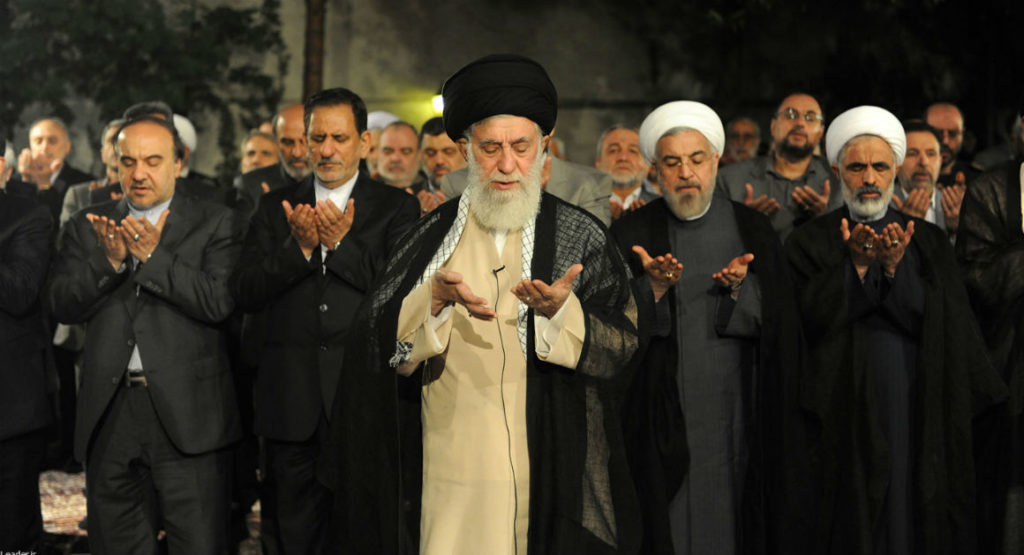Why Iran’s Supreme Leader Wants a Deal
When Iranian Foreign Minister Javad Zarif was about to leave Tehran for Vienna last week, the Twitter handler for Supreme Leader Ayatollah Ali Khamenei posted a tweet in English to show strong support for the negotiation team: “I recognize our negotiators as trustworthy, committed, brave and faithful,” the tweet said. It was clearly another attempt by the supreme leader to protect Zarif and his team from attacks by hard-liners in Tehran.
Despite his image as a hard-liner—and his occasional fulminations against Western perfidy—it is Khamenei who has been the guardian angel for Iran’s nuclear negotiators for the past 18 months. And if the negotiations end in a final agreement by July 7—the new deadline set as the original June 30 deadline expired last week—it will be Khamenei who makes the deal. Or breaks it.
Thus, as we head into the final stages, it’s important for the West to see beyond the supposed “red lines” that Khamenei has laid out in his remarks to understand the tricky domestic politics his comments are meant to navigate. In a recent speech, Khamenei staked out tough positions that seemed to be at odds with or draw back from the framework agreement reached between Tehran and the “P5+1” countries (the United States, Britain, France, Russia, China and Germany) in Lausanne on April 2. In contrast to the April understanding calling for a gradual lifting of sanctions, Khamenei declared that “economic, financial, and banking sanctions, whether related to the Security Council, the U.S. Congress, or the U.S. government, must be immediately lifted at the time of the agreement signature.”
Read More: Why Iran’s Supreme Leader Wants a Deal – Omid Memarian – POLITICO Magazine

